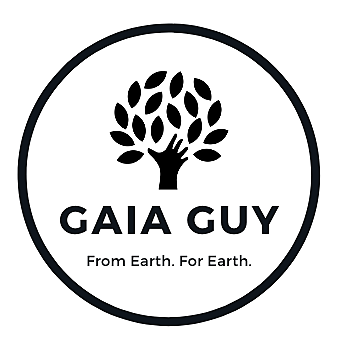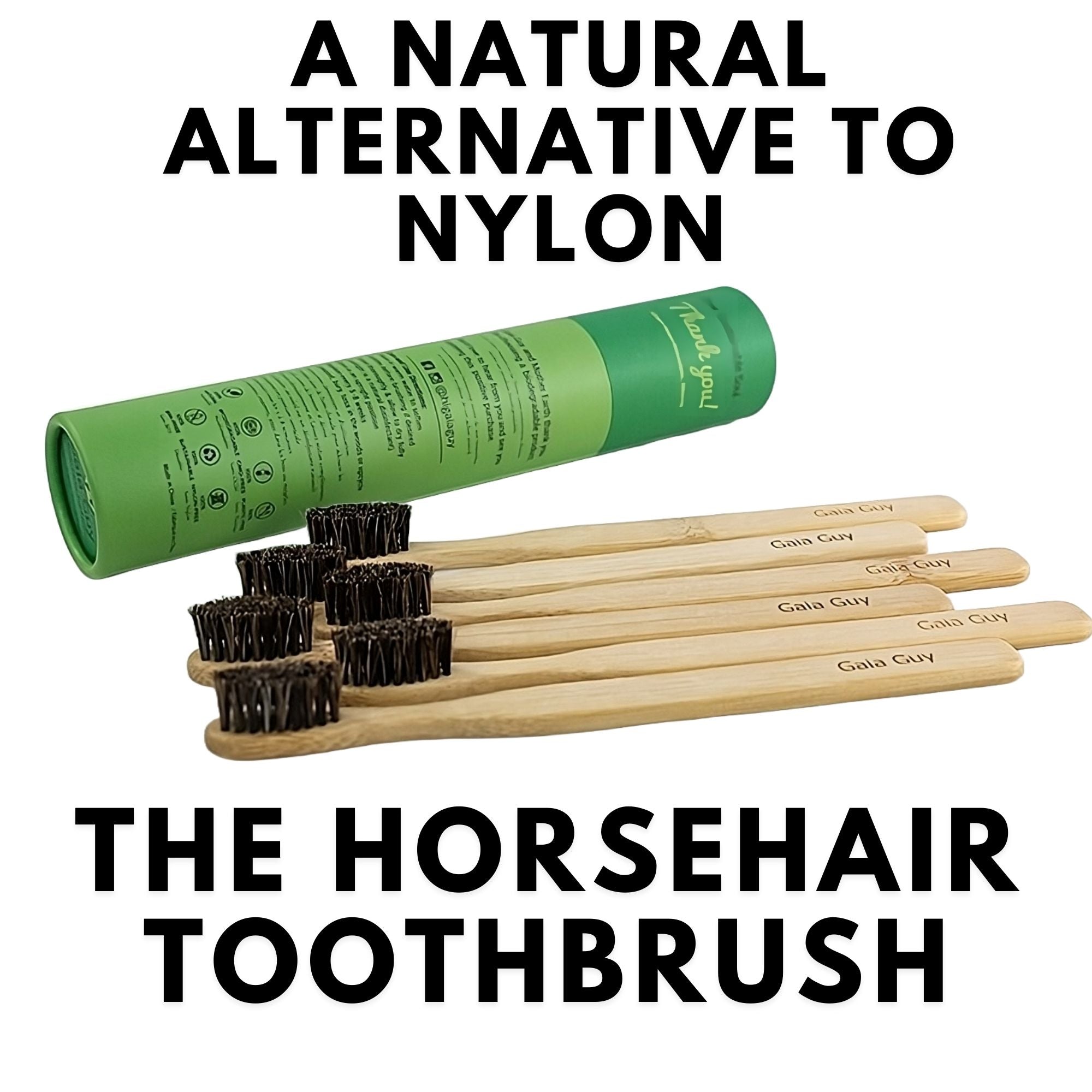 What is permaculture? It's an often asked question with as nearly as many different answers to match the times it is asked.
What is permaculture? It's an often asked question with as nearly as many different answers to match the times it is asked.
Here is a summary of what permaculture is, but as they say you'll have to go down your own permaculture rabbit hole to find out what permaculture means for you.
Permaculture is a holistic design approach that seeks to create sustainable systems for food production, housing, and community development. It is based on the principles of ecology, observing natural systems and working with them rather than against them. Permaculture incorporates a number of different design strategies and techniques, including:
-
Gardening: Permaculture gardening involves using techniques such as companion planting, crop rotation, and polycultures to create a diverse and resilient ecosystem in the garden. It also includes using techniques such as composting, vermiculture, and soil building to create healthy soil.
-
Edge: Permaculture design takes into account the "edge effect," which refers to the increased diversity and productivity that occurs at the interface between different ecosystems. This principle is often applied in permaculture design by creating edge zones in the garden, such as a hedge row, that can support a greater variety of plants and animals.
-
Stacking functions: Permaculture design also incorporates the principle of stacking functions, which means designing elements in the landscape to serve multiple purposes. For example, a chicken coop might also be designed to function as a compost bin. Gaia Guy likes products that stack functions.
-
Natural systems: Permaculture design is based on the observation and mimic of natural systems, such as the water cycle, nutrient cycling, and succession.
-
Systems thinking: Permaculture is based on a systems thinking approach, which means looking at the interactions and relationships between different elements in the landscape, and designing accordingly.
-
Other forms of capital: Permaculture design also recognizes the importance of other forms of capital, such as social capital and financial capital, in creating sustainable systems. This means considering things like community building, economic viability and financial sustainability in the design process.
Permaculture has many applications beyond gardening, it can be used in agriculture, forestry, urban design, water management, waste management and so on.
All in all, it's an holistic approach that can be used to design sustainable and resilient human systems that mimic natural systems. Gaia Guy tries to use these principles when coming up with new eco-friendly products to help you stack functions and have goods that create no waste, but can be composted, upcycled or recycled.










